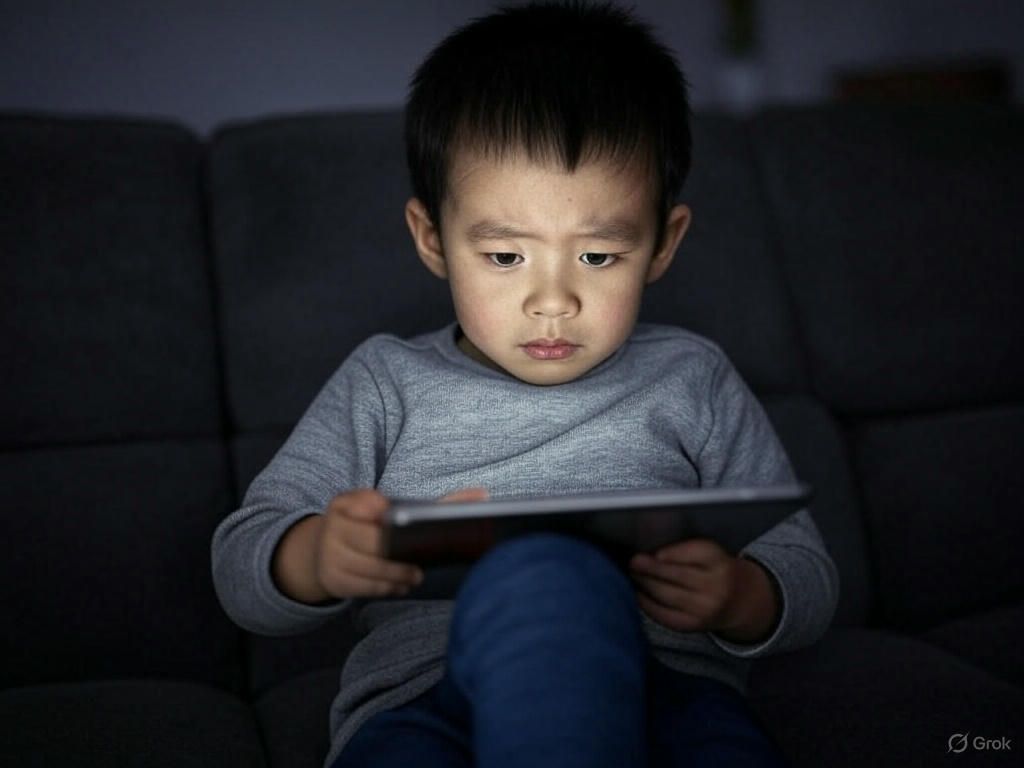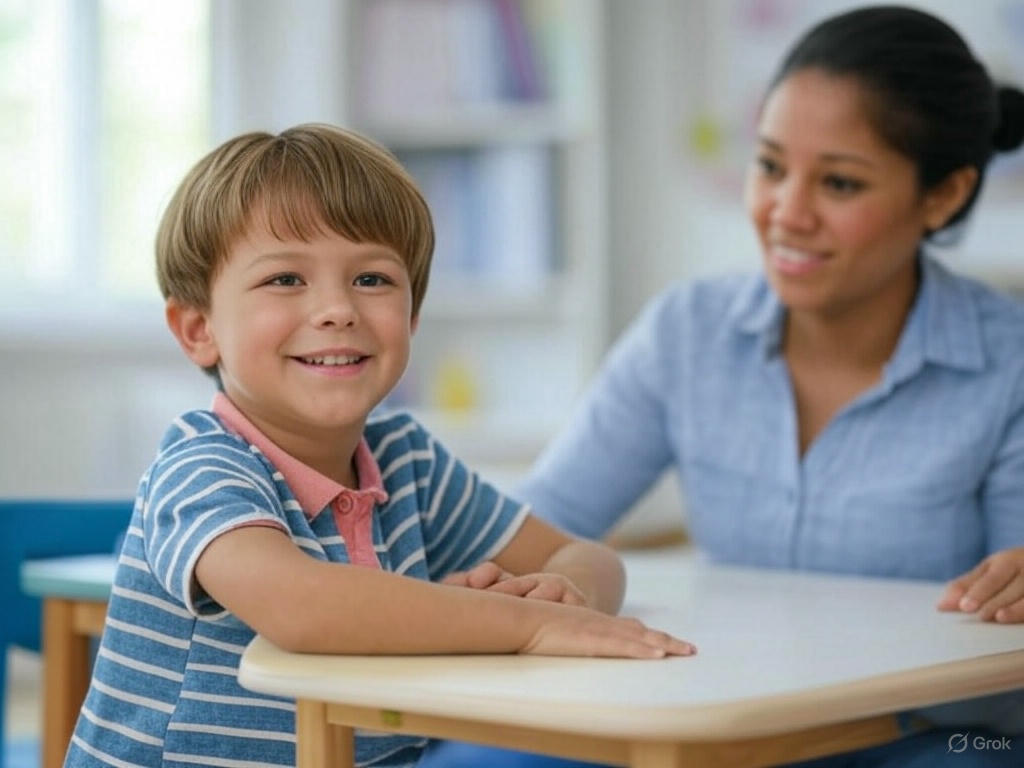Music and Movement for Young Children: Benefits and Activities
The Connection Between Music and Physical Development
Music and movement for young children play a crucial role in their physical development. When children engage in activities like dancing or clapping to a beat, they develop gross motor skills such as balance, coordination, and spatial awareness. These skills are foundational for their overall growth.
Research shows that rhythmic activities stimulate the brain’s motor cortex, enhancing physical abilities. For example, a study published in the journal “Developmental Psychology” found that toddlers who participated in music-based movement activities showed improved motor skills compared to those who did not.
Parents and educators can encourage physical development by introducing simple activities like marching to music or stretching to melodies. These activities not only promote physical health but also create a fun and engaging environment for learning.
By integrating music and movement for young children into daily routines, caregivers can ensure that kids develop strong physical foundations while enjoying themselves.
Benefits of Movement Activities for Young Children
Movement activities combined with music offer numerous benefits for young children. They help improve flexibility, strength, and endurance, which are essential for healthy growth. Additionally, these activities foster social interaction and teamwork when done in groups.
For instance, group dance sessions encourage children to work together, follow instructions, and develop a sense of rhythm. This collaborative environment builds their social skills and teaches them the importance of cooperation.
Movement activities also contribute to cognitive development. Studies have shown that children who engage in music and movement activities exhibit better memory retention and problem-solving skills. This is because these activities stimulate multiple areas of the brain simultaneously.
Overall, incorporating music and movement for young children into their daily lives can lead to holistic development, making them more confident and capable individuals.
How Rhythm Enhances Coordination Skills
Rhythm is a powerful tool for enhancing coordination skills in young children. When children clap, stomp, or move to a beat, they learn to synchronize their movements with auditory cues, improving their motor coordination.
For example, activities like drumming or tapping sticks to a rhythm help children develop hand-eye coordination. These activities require them to focus on timing and precision, which are essential for mastering coordination skills.
Rhythmic exercises also improve bilateral coordination, where children learn to use both sides of their body simultaneously. This skill is crucial for tasks like writing, playing sports, or even tying shoelaces.
By incorporating rhythm-based activities into music and movement for young children, parents and educators can help them develop essential coordination skills that will benefit them throughout their lives.
Exploring Dance as a Learning Tool
Dance is not just a form of entertainment; it is a powerful learning tool for young children. Through dance, children can explore concepts like patterns, sequences, and spatial awareness, all while having fun.
For instance, choreographed dances that involve counting steps or following directions can teach children mathematical concepts and improve their listening skills. These activities make learning interactive and enjoyable.
Dance also allows children to express themselves creatively. By moving to music, they can convey emotions and ideas, fostering their emotional intelligence and self-awareness.
Incorporating dance into music and movement for young children can transform traditional learning methods into dynamic and engaging experiences, making education more effective and enjoyable.
Using Instruments to Encourage Motor Skills
Musical instruments are excellent tools for developing motor skills in young children. Activities like playing drums, shaking maracas, or strumming a ukulele require fine motor control and hand-eye coordination.
For example, a child learning to play the piano must coordinate their fingers to press the keys accurately. This activity not only improves dexterity but also enhances cognitive skills like focus and memory.
Introducing instruments in music and movement for young children can also spark their interest in music, encouraging them to explore their creative potential. Parents can start with simple instruments like tambourines or xylophones to make the experience accessible and enjoyable.
By using instruments as part of movement activities, caregivers can help children develop essential motor skills while nurturing their love for music.
The Role of Music in Emotional Expression Through Movement
Music and movement for young children provide a unique avenue for emotional expression. Through activities like dancing or swaying to melodies, children can convey their feelings in a safe and supportive environment.
For instance, upbeat music can encourage joyful movements, while slower tunes can help children express calmness or introspection. These activities teach children to recognize and manage their emotions effectively.
Emotional expression through movement also fosters empathy and social understanding. When children see others expressing emotions through dance or gestures, they learn to appreciate different perspectives and feelings.
By integrating music and movement into emotional learning, parents and educators can help young children develop emotional intelligence and resilience.
Creating Interactive Music Games for Kids
Interactive music games are a fantastic way to engage young children in music and movement activities. Games like “Freeze Dance” or “Musical Chairs” combine fun with learning, helping children develop physical and cognitive skills.
For example, “Freeze Dance” requires children to stop moving when the music pauses, teaching them self-control and listening skills. Similarly, “Musical Chairs” encourages quick thinking and agility.
Parents can create their own music games at home using simple props like scarves or balloons. These games can be tailored to suit the child’s interests and developmental needs.
By incorporating interactive music games into music and movement for young children, caregivers can make learning enjoyable and effective.
Incorporating Cultural Dances in Early Education
Cultural dances are a wonderful way to introduce diversity and inclusivity in early education. By exploring dances from different cultures, children can learn about traditions, values, and histories from around the world.
For instance, teaching children the Hawaiian hula or Indian classical dance can provide insights into these cultures while improving their physical coordination and rhythm. These activities also foster respect and appreciation for cultural differences.
Incorporating cultural dances into music and movement for young children can also enhance their social skills. Group performances encourage teamwork and collaboration, making the experience enriching and enjoyable.
By celebrating cultural diversity through dance, educators can create a more inclusive and engaging learning environment for young children.
Tips for Combining Music and Movement at Home
Parents can easily incorporate music and movement for young children into their daily routines at home. Simple activities like singing nursery rhymes while clapping or dancing to favorite songs can make a big difference.
Creating a dedicated space for music and movement activities can also encourage children to participate. This space can include props like scarves, instruments, or a small dance floor to make the experience more engaging.
Parents can also use technology to access online resources like music apps or instructional videos. These tools provide a variety of activities that cater to different age groups and skill levels.
By making music and movement a regular part of home life, parents can support their child’s physical, emotional, and cognitive development effectively.
Building Confidence Through Musical Movement Activities
Music and movement for young children are excellent tools for building confidence. When children successfully perform a dance routine or play an instrument, they feel a sense of accomplishment that boosts their self-esteem.
Group activities like dance performances or musical games also encourage children to step out of their comfort zones and interact with others. This social engagement helps them develop confidence in their abilities and communication skills.
Parents and educators can further support confidence-building by providing positive reinforcement and celebrating achievements, no matter how small. This encouragement motivates children to keep trying and improving.
By using music and movement as a platform for growth, caregivers can help young children develop the confidence they need to succeed in various aspects of life.



